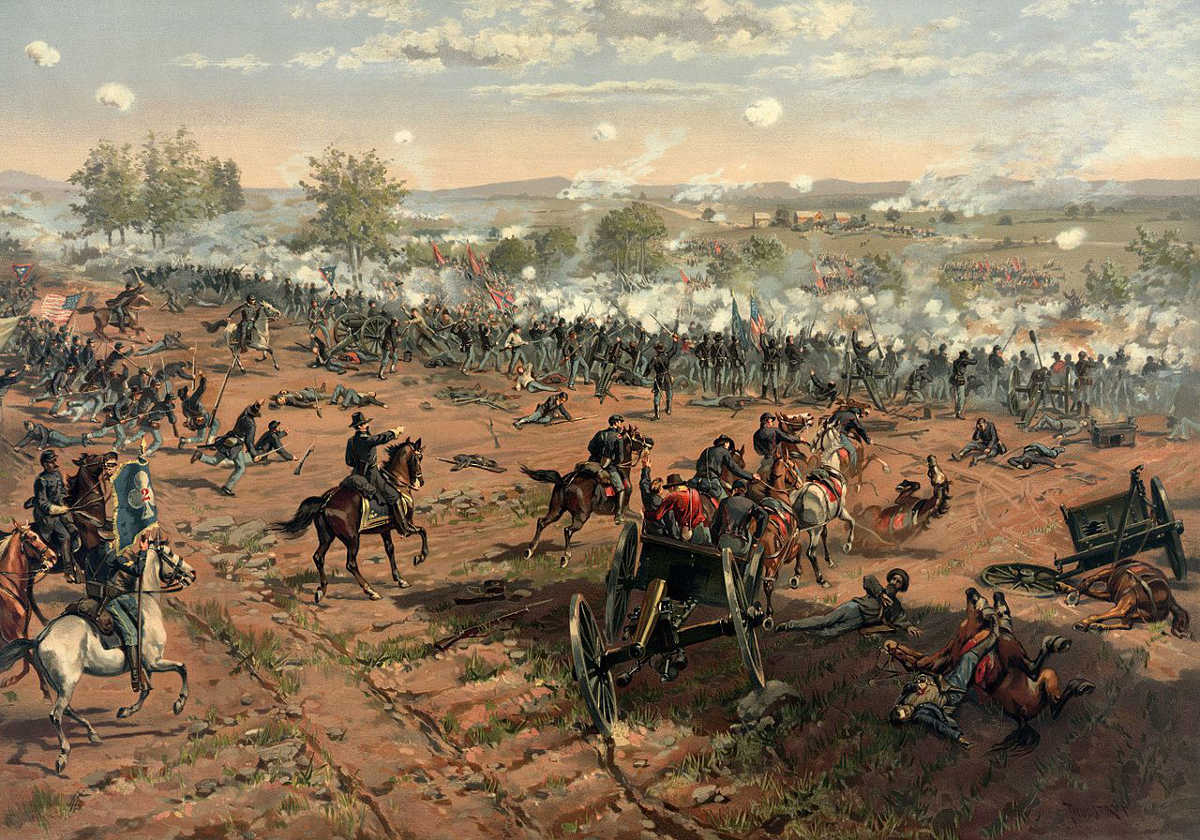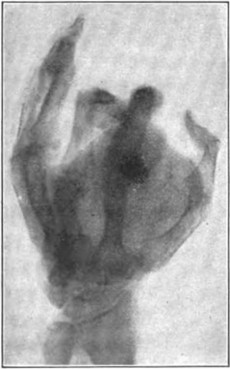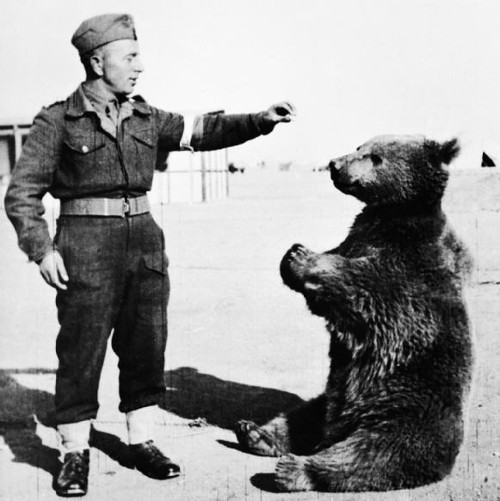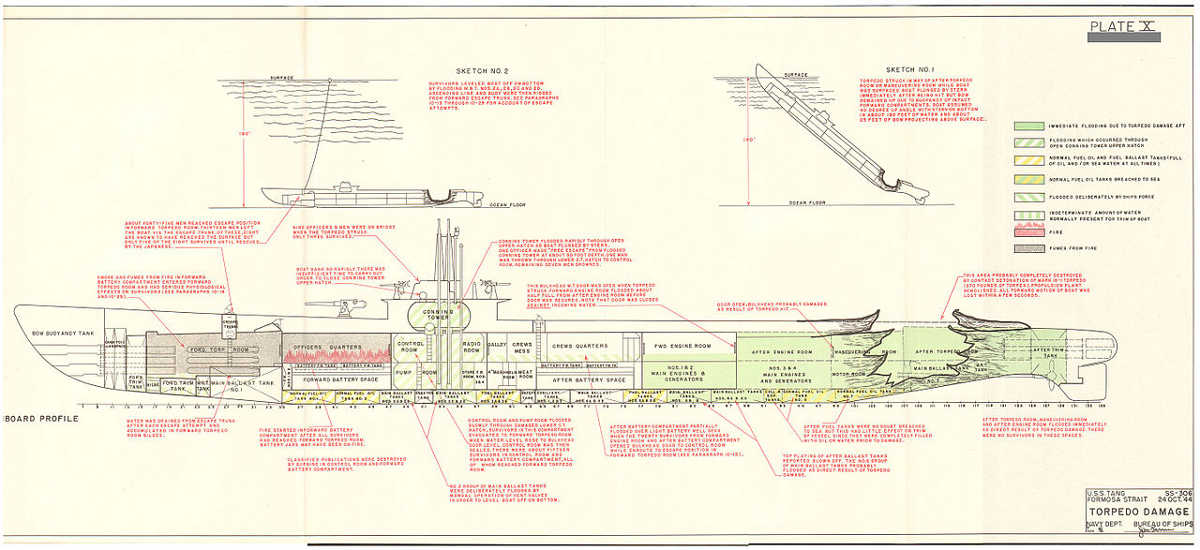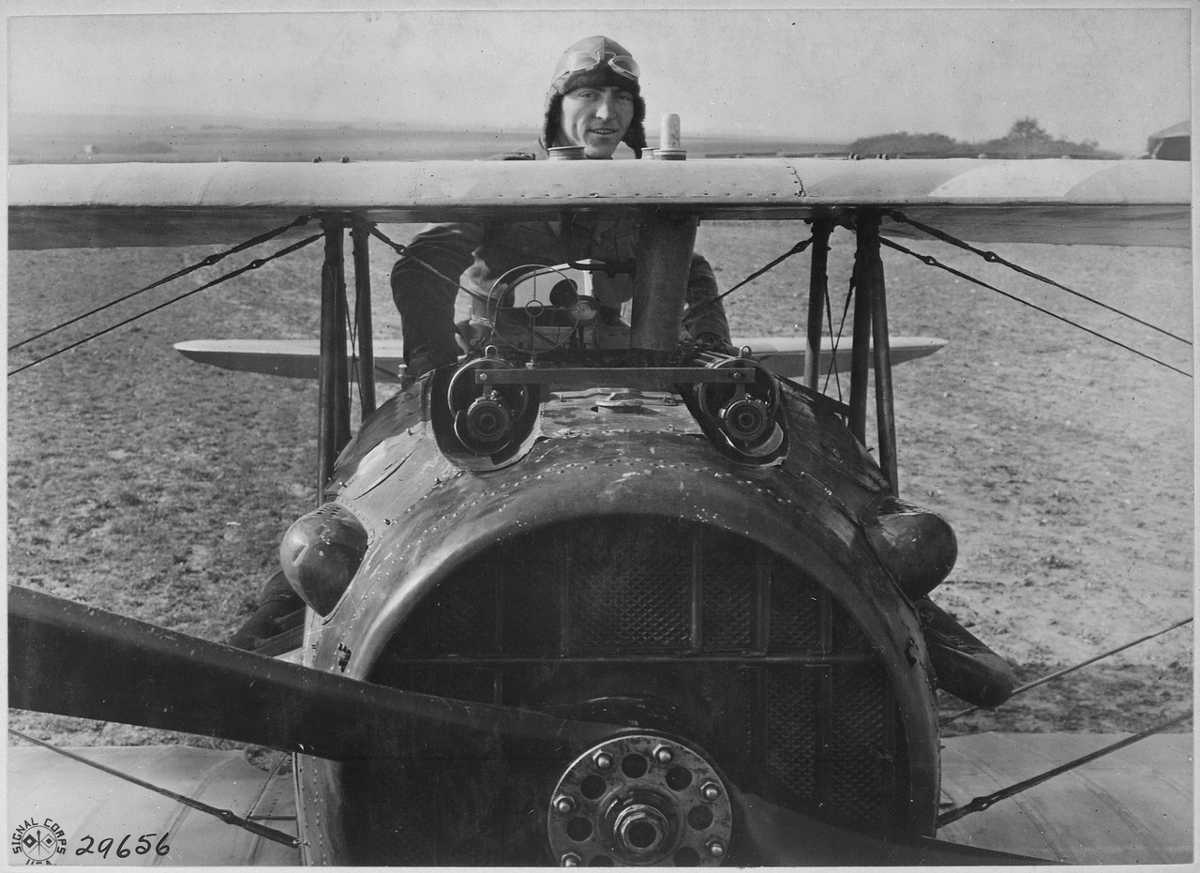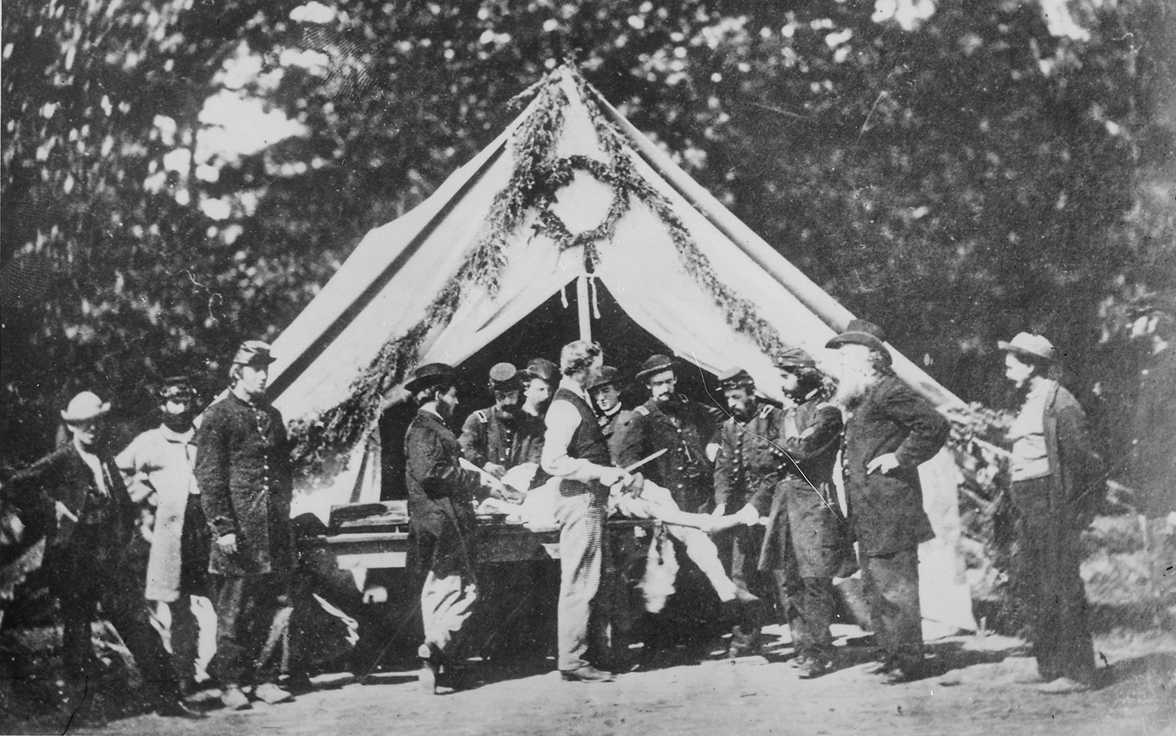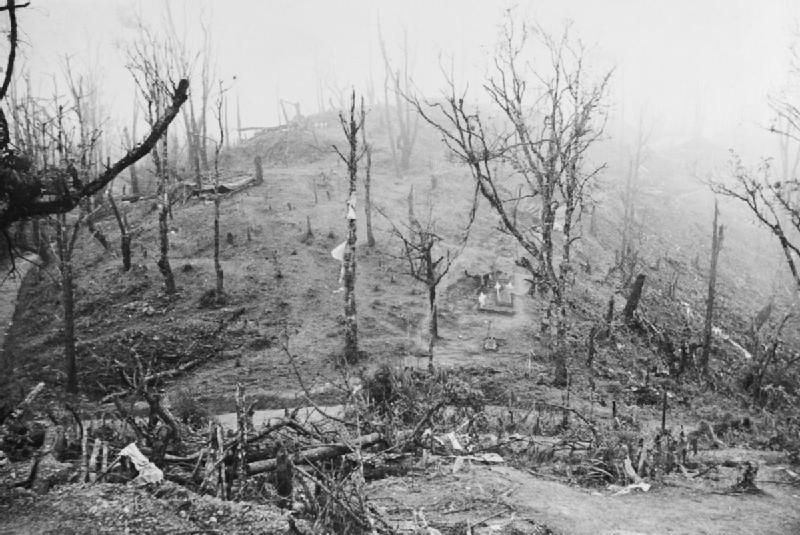
Just a fragment: During Japan’s U Go offensive into India in 1944, British officer Tony “Raj” Fowler would reportedly inspire his Indian troops by reciting passages from Shakespeare in Urdu before leading them in charges against the Japanese trenches. From Arthur Swinson’s Kohima, 2015:
Here they waited, with the Punjabis,who were to attack the D.I.S., on their left. The latter were in great heart, recorded Major Arthur Marment, and ‘anxious to avenge the death of the large number of the Queens lost a few days previously’. Their adjutant, Major R.A.J. Fowler, had translated a short passage from Shakespeare’s King John into Urdu — ‘Come the three corners of the world in arms and we shall shock them. Naught shall make us rue’ — which became: ‘Dunia ka char kunion se larne dena, aur ham log unke kafi mardenge. Kuch bhi nahin hamko assosi denge.’
“This, says Marment, ‘had a most tremendous effect on the troops’.”

